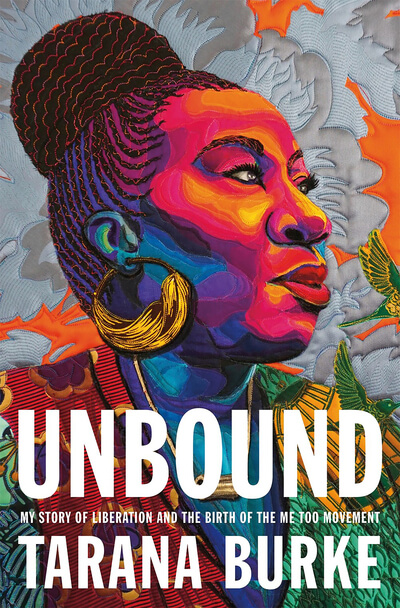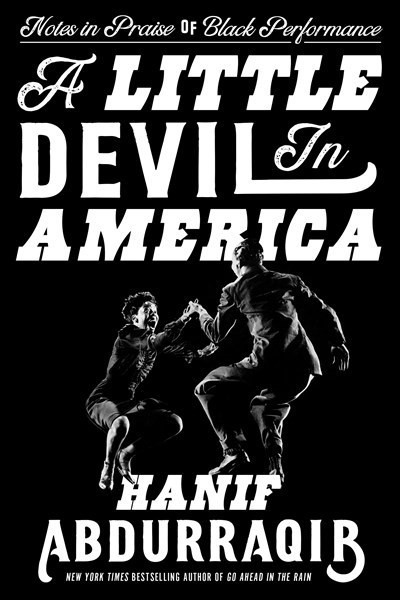The range of comic book storytelling is vast, and this selection of 2021’s best graphic novels, memoirs and histories runs the gamut in terms of artistic style and narrative approach, yet all of them have two things in common: a mastery of the form and a unique sense of expression.
Bubble
The stakes of the gig economy have never been higher than in Bubble, a graphic novel by Jordan Morris and Sarah Morgan with illustrations from Tony Cliff and colors by Natalie Riess. Adapted from the scripted podcast of the same name, Bubble is set in a world where corporate-funded cities have sprung up as domes of safety, walling off humanity from a monster-ridden wilderness known as the Brush. Morgan was born in the Brush, and though she’s grown accustomed to life in the bubble, she’s retained a few of her more useful Brush skills, including the ability to kill pesky mutated imps. Naturally, her employers have just the thing to help her monetize that ability.
Bubble crackles with wit and biting commentary on piecing together a living one app at a time. Cliff’s art enriches the whole wild affair, lending a grounding sense of reality to the reading experience despite the fantastical setting. He’s as adept at depicting action-packed scenes as he is at homing in on a character’s eyes at a key moment of personal discovery. There’s tremendous glee to be found in Bubble, but also tremendous heart.
Ballad for Sophie
A young woman talks her way into the mansion of one of the world’s most reclusive musicians and convinces him to give her an interview. That’s the premise from which Ballad for Sophie springs, and with a sense of adversarial yet whimsical tension, we are propelled into a world of bittersweet wonders, tragedy and music.
Written by jazz composer Filipe Melo, illustrated by Juan Cavia and translated from the original Spanish by Gabriela Soares, Ballad for Sophie unfolds as the aging pianist tells his story. We meet a lifelong rival, a lost love, a tormented mother, a devilish piano teacher and more, their rich narrative tapestry unfolding against backdrops that range from World War II to the luxury of 1960s Paris.
Through it all, Melo’s characters are either constantly growing or constantly resisting growth, while Cavia’s art sweeps across the page with lithe figures and elegant depictions of bygone eras. When the story dips into the past, his art grows slightly more magical, turning piano teachers into great horned creatures and piano recitals into dramatically lit clashes of titans.
Emotionally dense, texturally rich and humming with humanity, Ballad for Sophie is a moving portrait of the ways in which art can both save and doom us.

From Ballad for Sophie. Used with permission from Top Shelf.
Lore Olympus
Some elements of Greek mythology are simply timeless. In Lore Olympus: Volume One, Rachel Smythe reminds us of this using her acclaimed artistic magic. This is the first volume of her webcomic “Lore Olympus,” and it’s striking to see her work collected in such a lavish tome after its celebrated web release.
As Smythe unveils her retelling of the Hades and Persephone myth, her gorgeous art elevates each scene. She uses precise color and shading to bathe the Greek gods in neon hues of purple and blue, like they’re perpetually in some mythic nightclub. Readers will revel in how seamlessly Smythe has adapted this classic story, and in no time at all, they’ll find themselves utterly lost in her beautifully dark, often startlingly timely world of sex, lies and immortality.
The Middle Ages
You’ve probably heard that the Middle Ages wasn’t really the period of darkness and ignorance that popular culture has made it out to be, but you’ve never seen that truth demonstrated quite like in The Middle Ages: A Graphic History. Medieval historian Eleanor Janega and illustrator Neil Max Emmanuel set out to reveal how this period took shape and why it became so consequential, and they never miss in that mission.
Rather than attempting a strictly linear dissection of centuries of human history, The Middle Ages unfolds almost as an illustrated textbook, with sections devoted to everything from the fall of Rome to the rise of Charlemagne to the growth of major European cities. Janega’s prose is precise, informative, digestible and witty. Emmanuel’s simple but effective black-and-white art carries that same wit through to the visuals, alternating between modern compositions and homages to medieval aesthetics, with amusing revisions to the Bayeux Tapestry and clever representations of church schisms.
It all adds up to an utterly essential volume for history buffs, whether they’re diving into the medieval period for the first time or just brushing up on a few things.
★ Run
The follow-up to Congressman John Lewis’ monumental, award-winning March series, Run: Book One kicks off a new graphic trilogy that further establishes Lewis as a fundamental, undeniable force in the mid-1960s American civil rights movement.
Lewis completed work on the script for Run before his death in 2020, and illustrator L. Fury joins writer Andrew Aydin and illustrator Nate Powell (both of whom collaborated on the March trilogy) in carefully layering Lewis’ recollections with vivid depictions of celebrations and violence, hope and heartbreak, despair and determination. The story picks up after the 1965 passage of the Voting Rights Act, as Lewis encountered new roadblocks and hurdles in the wake of that legislative victory. Through dramatic composition and movement, Powell and Fury’s illustrations capture the same energy as the March trilogy, while also conveying Lewis’ maturation as he grows out of his student organizing era and enters the realm of American statesmanship.
Run is another indispensable chronicle of the life and work of one of 20th-century America’s most exceptional figures, but it’s also a mission statement for the work yet to come.

From Run: Book One. Used with permission from Abrams ComicArts.
★ Seek You
It might sound like a cliche to say that a book delving into America’s loneliness epidemic will make you feel more connected to the world around you, but that’s exactly what writer and illustrator Kristen Radtke achieves in this ambitious book.
Part memoir, part sociological study and part cultural history, Seek You: A Journey Through American Loneliness digs deep into the many ways that loneliness affects our daily lives. Through incisive, often disarmingly confessional writing, Radtke gets to the core of what loneliness is and what it does to our bodies and minds, exploring everything from its neurological roots to the impact of the sitcom studio audience laugh track.
Throughout Seek You, we are guided by Radtke’s beautifully muted art. Some pages are powerful in their simplicity, such as a wide view of a massive apartment complex with a single lit window, while others are effective in their complexity, such as a spread showing a lone figure amid a fog of words describing their most alienating experiences.
Seek You is a captivating combination of raw emotional exploration and thoughtful, sophisticated imagination.
The Waiting
A chance encounter with a dog on a city street pulls a character back through decades of memories and serves as the launching point for a stirring graphic novel by author-illustrator Keum Suk Gendry-Kim.
Translated from the Korean by Janet Hong, The Waiting explores a very particular kind of loss on the Korean peninsula. In bold, fluid black-and-white imagery, Gendry-Kim tells a story inspired by her own mother, who lived under Japanese occupation in Korea before World War II, then was forced to migrate during the Korean War and the permanent division of Korea along the 38th parallel. Many Koreans fled their homes amid the fighting, causing a surge of family separations that led to lifetimes of waiting and hoping.
Though The Waiting is set amid some of the most consequential events of the 20th century, Gendry-Kim never makes the book’s scope wider than it needs to be. The Waiting is better for it, succeeding as a deeply intimate portrayal of one woman’s struggle to not only survive but also keep some measure of hope and determination alive. It’s also about the broader goal of an entire culture to somehow come back together after war, through individual efforts and massive group reunions.
In depicting a people’s efforts to find each other, The Waiting is one of the most moving graphic novels of the year.
★ Wake
Writer and activist Rebecca Hall and illustrator Hugo Martínez present a powerful meditation on hidden history that transforms into a haunting, necessary statement on exactly why that history has been hidden, and how much of it still lives with us.
In Wake: The Hidden History of Women-Led Slave Revolts, Hall, whose grandparents were enslaved, recounts her process of researching several 18th-century revolts that were led by enslaved women. Though some of the book’s most affecting sequences re-create these revolts, much of Wake is a memoir of Hall’s search for the brave, rebellious women who led them, the punishments they suffered and what, if anything, they managed to leave behind. In the process of constructing their stories, Hall tells much of her own, laying bare how the echoes of enslavement inform our political world as well as her own daily interactions.
Hall’s prose is stunning, and Martínez’s art takes it to another level, delivering expressive representations of the history Hall carries with her and of the reminders of slavery’s cruelty that are etched into the landscapes we walk now. His artwork bleeds past and present together, depicting the city streets around Hall as shadowy memorials of the slave markets that once stood there. When he projects the images of enslaved men and women onto the facades of skyscrapers, he transforms these feats of architecture into monuments to atrocities.
Wake is as poetic as it is powerful. Readers who adored the March trilogy and the graphic novel adaptation of Octavia E. Butler’s Kindred will find it to be an essential addition to their shelves.




























